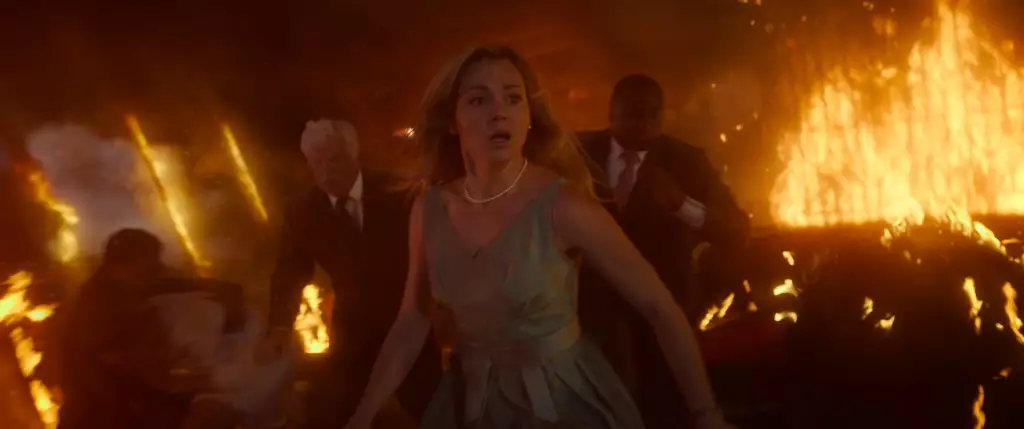After a 14-year hiatus, the Final Destination franchise is roaring back to life with its latest entry, “Final Destination: Bloodlines.” This film, directed by Zach Lipovsky and Adam B. Stein, not only seeks to rekindle the gothic allure of its predecessors but challenges audience perceptions of fate and control, stirring a unique blend of dread and exhilaration. With over 660 million dollars raked in from the franchise’s prior five installments, expectations are understandably high; thus, they’ve invested their hopes, metaphorically and literally, into this new venture.
The Chaotic Dance with Death
At the core of “Bloodlines” lies a central theme that has always plagued humanity: the inevitability of death. Richard Brener, the fervent President and Chief Creative Officer of New Line, presents an intriguing perspective by humorously referencing the Oscars, hinting that despite not being award-winning material, fans are still deeply invested. The film revolves around two brothers who ingeniously (and foolishly) attempt to outsmart death itself. It’s a narrative laden with existential dread as they attempt a futile game against an unseen force, making one wonder—why do we engage in such reckless pursuits?
The promotional content oozes with nostalgic tension; a scene featuring Bobby Campbell, a peanut-allergic character engaged in a life-or-death situation involving a vending machine, serves to illustrate the absurdities and fragilities of existence. In a world where mortal peril often lurks in the mundane, the film challenges viewers: Is the drive for survival worth the sacrifices it demands?
A New Wave of Horror
With an eye-popping 178.7 million global views for the trailer, anticipation for “Bloodlines” is palpable. It’s an impressive feat that nudges towards a revival in the horror genre—less focused on over-the-top gore and more about psychological tension and emotional stakes. The addition of characters like Kaitlyn Santa Juana and Teo Briones enriches the film’s narrative, invoking a new generation’s fears while honoring the roots of its predecessors. Writers Guy Busick and Lori Evans Taylor, along with creative minds like Jon Watts, manage to strike a balance between nostalgia and modern horror.
Yet, why do we willingly open ourselves to this terrifying cacophony of fear? Perhaps because within the fear lies a community—a shared experience of confronting our darkest thoughts. The audience collectively gasps at the absurdity presented on screen, deriving a sense of camaraderie in vulnerability. The franchise has painted a unique canvas where every viewer is both a participant and a spectator in a twisted game of chance.
Realism in the Absurd
Despite Brener’s light-hearted quips, the raw essence of “Final Destination: Bloodlines” serves as a mirror to real-life uncertainties, exposing our fragile grasp on destiny. How do you truly escape that which is inevitable? The film’s central premise not only entertains but lingers in the psyche, compelling audiences to confront their own mortality with each horrific twist and unexpected turn.
The sequel may not earn accolades from critics, but it certainly promises to resonate in the hearts of its fans. In embracing the messiness of life—and death—the film dares to tread a bold path, inviting viewers to revel in the delightful terror that only a franchise like “Final Destination” can deliver. With each painstaking choice made on screen, we are reminded: death may be unavoidable, but the way we confront it defines our very existence.


Leave a Reply